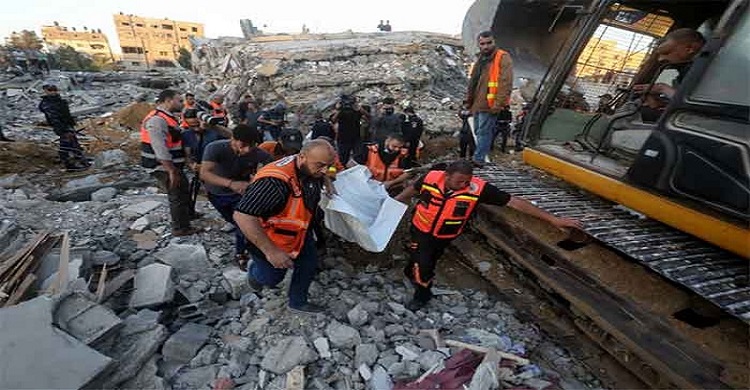
- International
Pakistan’s Shias Face Double Threat: Extremists and Their Own Government
- International
- 07 April, 2021 23:48:41
News Desk: With their safety at stake, Pakistan’s beleaguered Shia community is seeking justice from the country’s founder.
“We are here to tell the founder of this country that we are being persecuted and discriminated in your country.” That is the message from the families of Shia missing persons, who have been holding a sit-in outside M. A. Jinnah’s Mausoleum in Karachi since April 2. A Shia activist informed The Diplomat that the community has tried to seek assistance from every government and civilian institution, and held sit-ins outside the Chief Minister’s House, the Governor’s House, and all the relevant authorities, but to no avail. The Shia community, the activist said, has come to the realization that these institutions are either apathetic or incapable of addressing their plight. Therefore, a group of Shias resorted to a sit-in outside the final resting place of the country’s founder – more of a public confession of their defenseless and unprotected condition than a protest.
In August 2020, Pakistan witnessed a surge in anti-Shia politics. At least six huge anti-Shia rallies were carried out by different Sunni groups in five different cities, including the capital of the country. At least five Shias were killed in different incidents, more than 40 blasphemy cases were registered against Shias, and a place of worship was attacked. The rise in online hate speech was also alarming. Between August and September 2020, the Minority Rights Group reported that a sentiment algorithm documented an increase in negative tweets about Shias, which “collectively reached millions of social media users in Pakistan.” Fully 46 percent of social media mentions of Shias examined during that period were negative. The most frequent word used to refer to the community was the Urdu word for “infidel.”
For Shias, the negative perceptions make them a target not only for extremists but for the security forces. In May 2018, estimates for the number of forcibly “disappeared” Shias ranged from 140 to around 300. In April 2019, the Shia community, led by the Joint-Action Committee for Shia Missing Persons, held a two-week-long sit-in outside the President’s House in Karachi. As a result, some 17 Shias were freed and 16 appeared in court, officially charged with. Currently, there are 34 recorded cases of Shia missing persons from different parts of the country who have been missing for two years or more, some as many as six years.
Pakistan’s track record on enforced disappearances has been an issue of grave concern for the international community. In September 2020, four U.N. Special Rapporteurs demanded the end of enforced disappearances in Pakistan. According to one estimate, more than 700 people are still missing. Yet Pakistan has been ignoring these humanitarian appeals. The government’s Commission of Inquiry on Enforced Disappearances, formed in 2011, seems helpless to prevent these disappearances. The International Commission of Jurists shared its disapproval of the commission and stated that it has “enabled and entrenched impunity for enforced disappearances instead of providing redress to victims.”
The practice of enforced disappearances is targeted at particular groups, mostly ethnic minorities such as Balochs, Sindhis, Pashtuns, Seraikis, and Urdu-speaking Muhajirs. Lately the abductions have expanded to include Punjabi dissidents. The state sees their legitimate political demands as a “national security threat” and uses extrajudicial and illegal tactics to silence them. However, with the addition of Shias to the missing person list, it seems the state has expanded its scope and is now aiming to target religious minorities, starting with Shias.
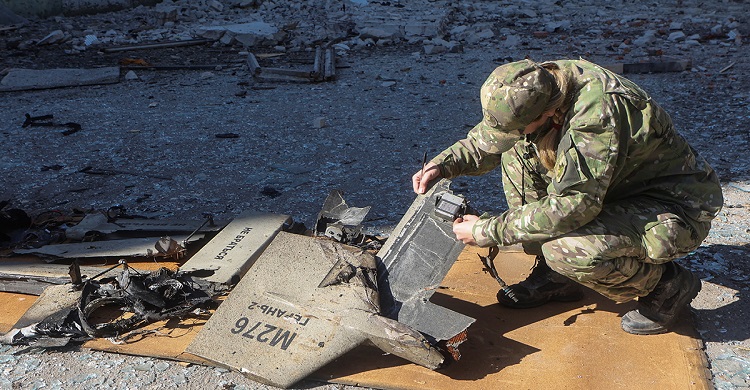
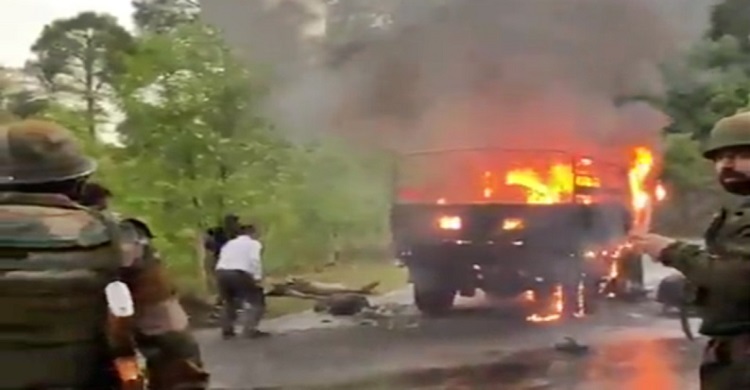
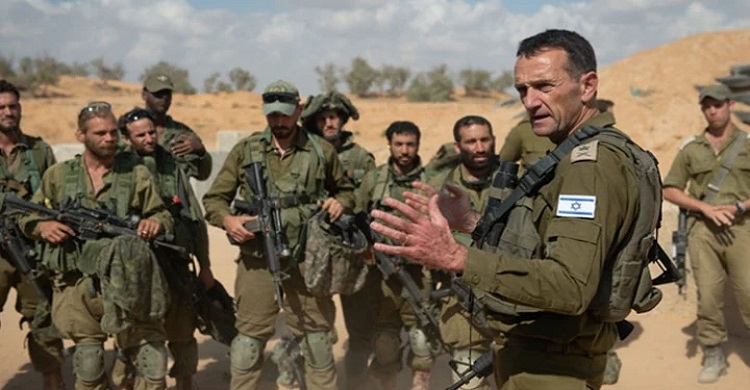
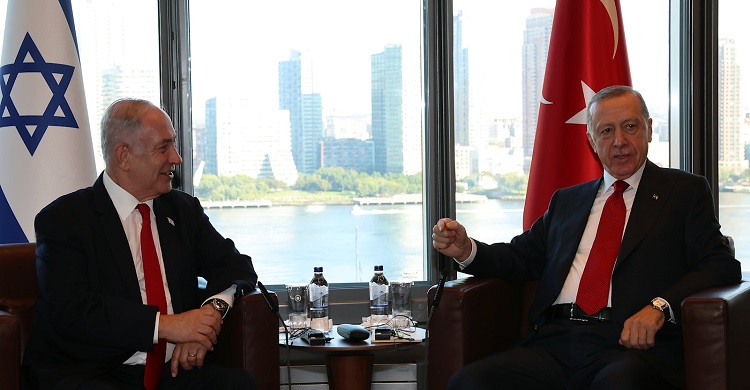
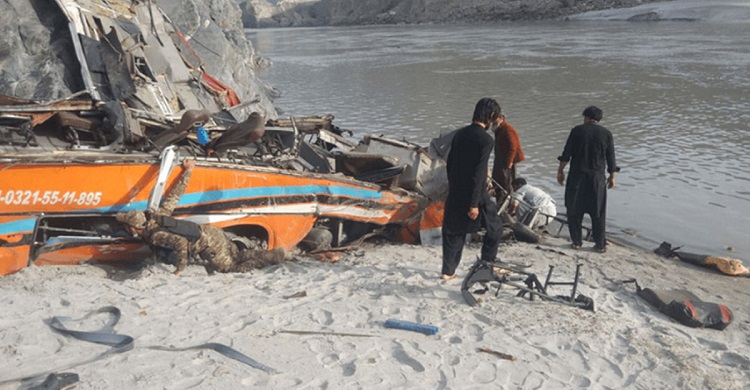
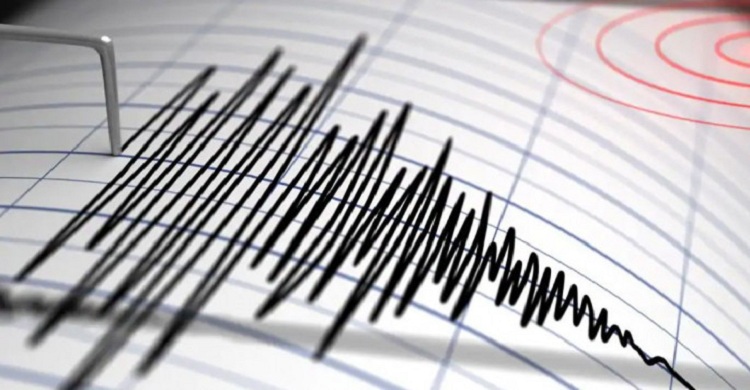
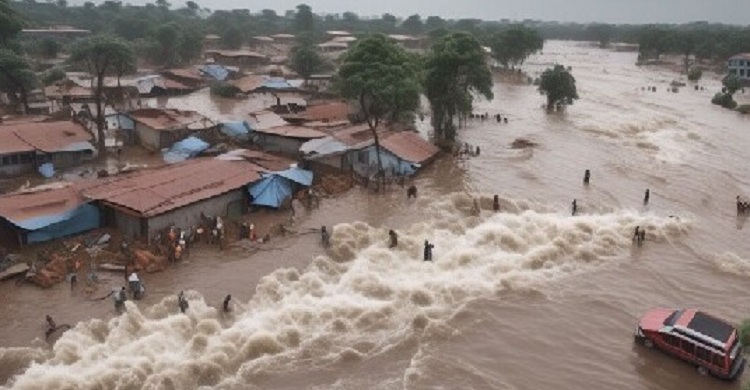
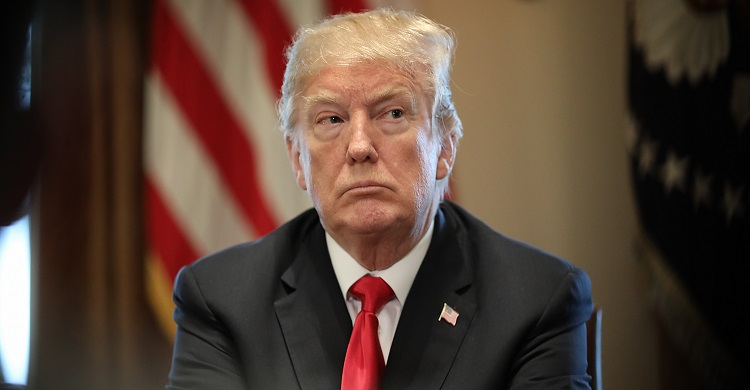
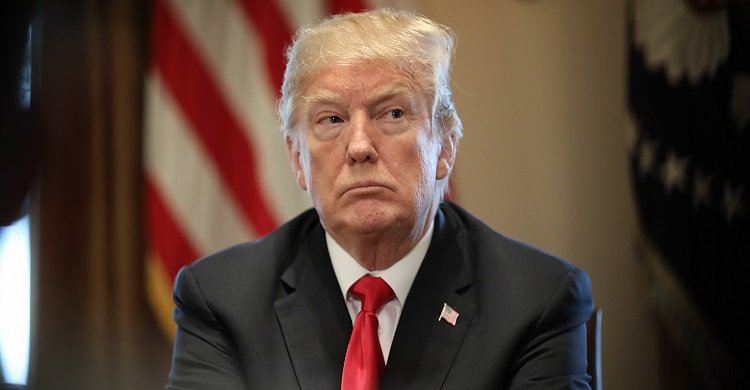
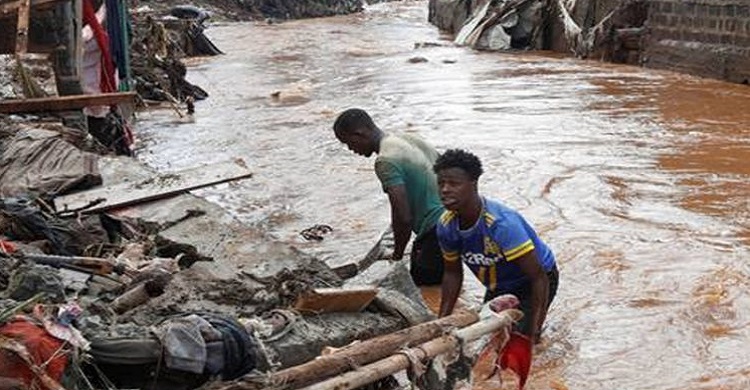
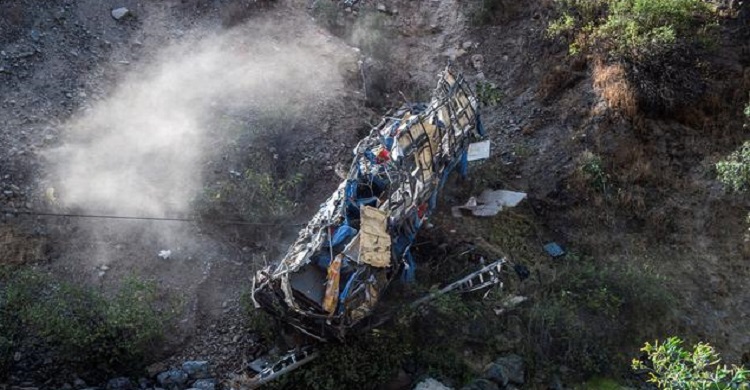
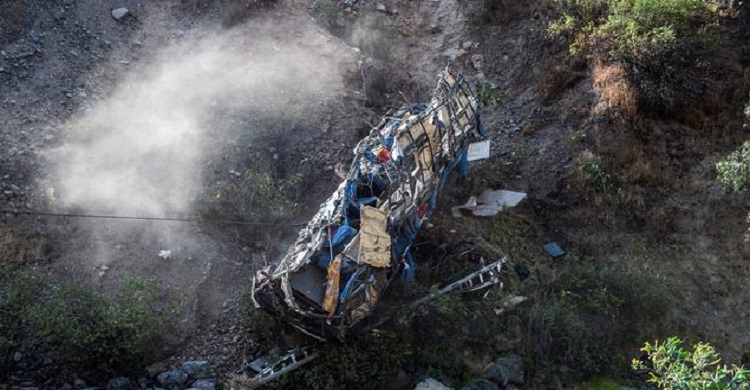
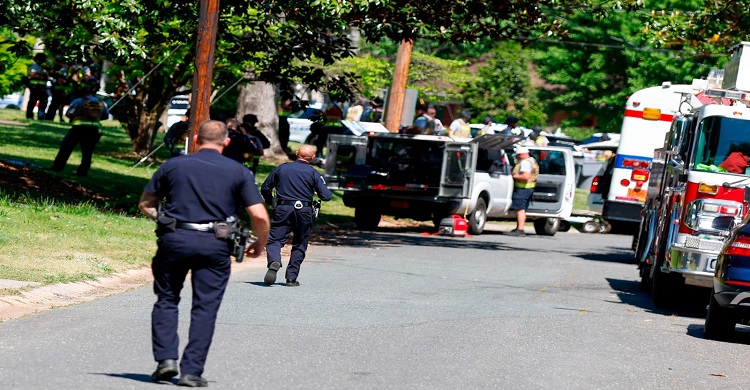
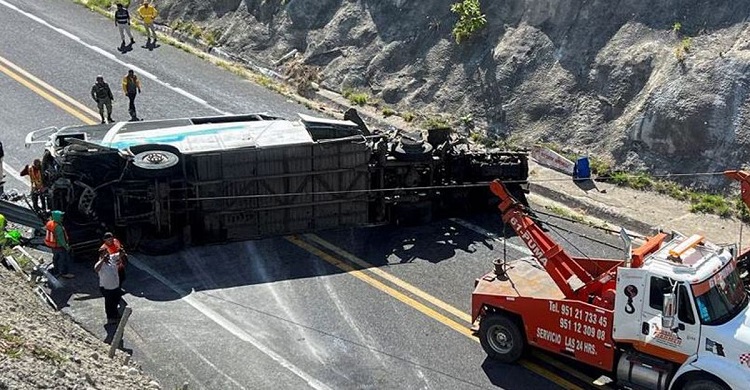
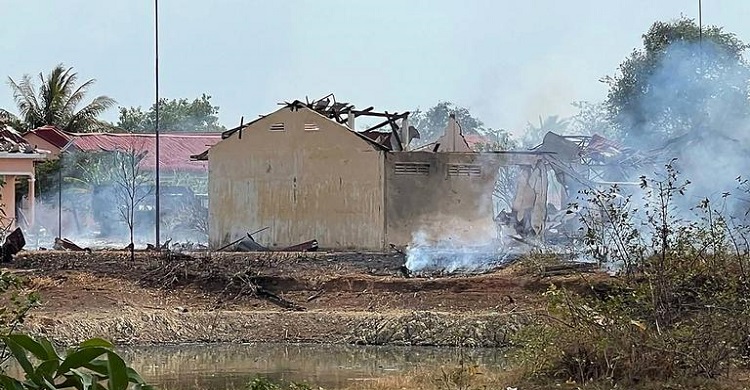
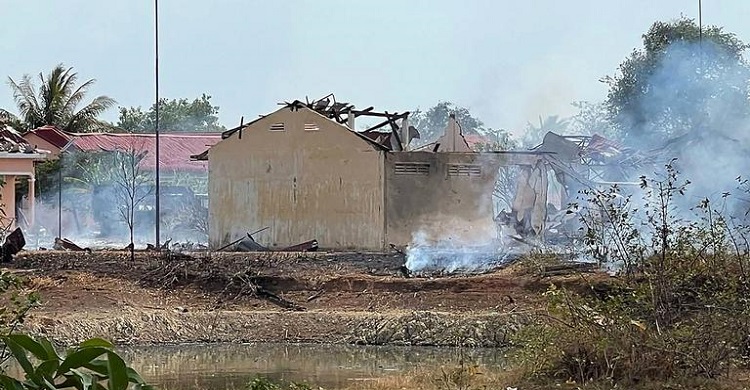
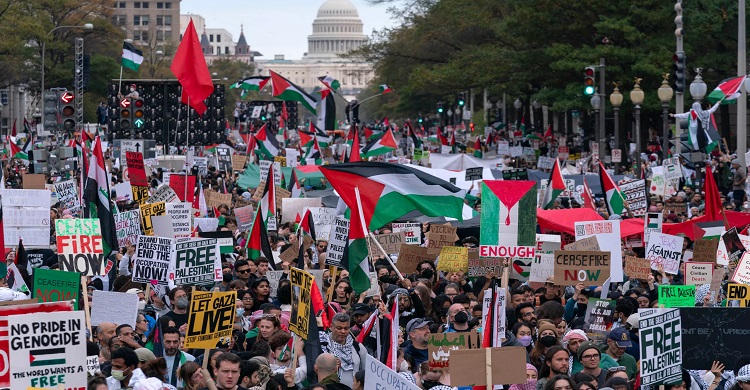
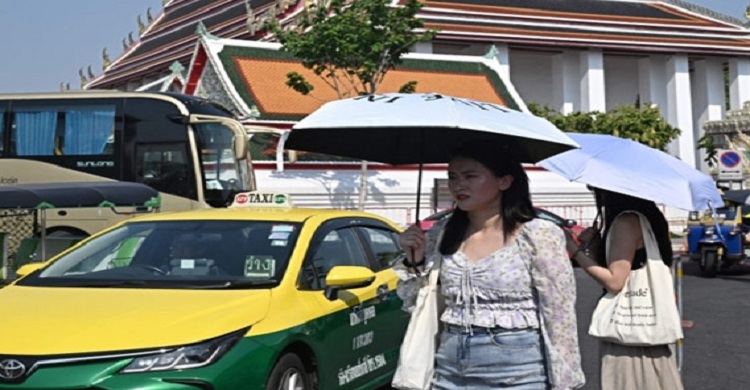
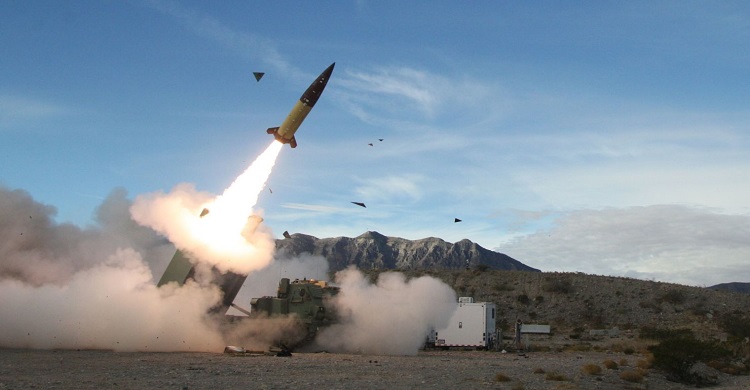
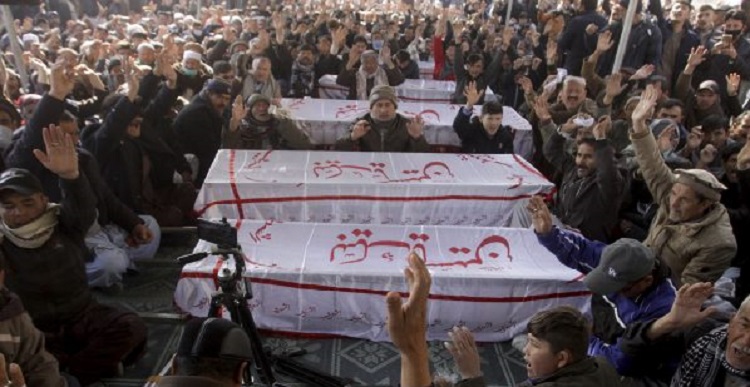





Comment ( 0)